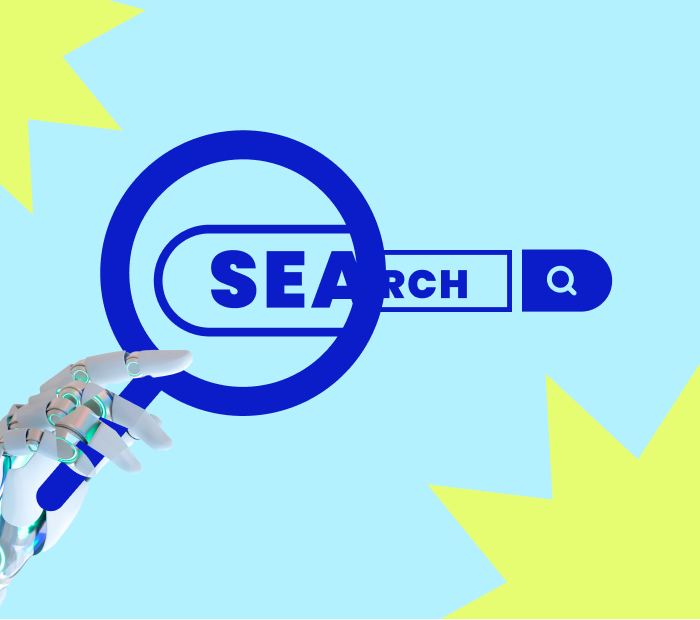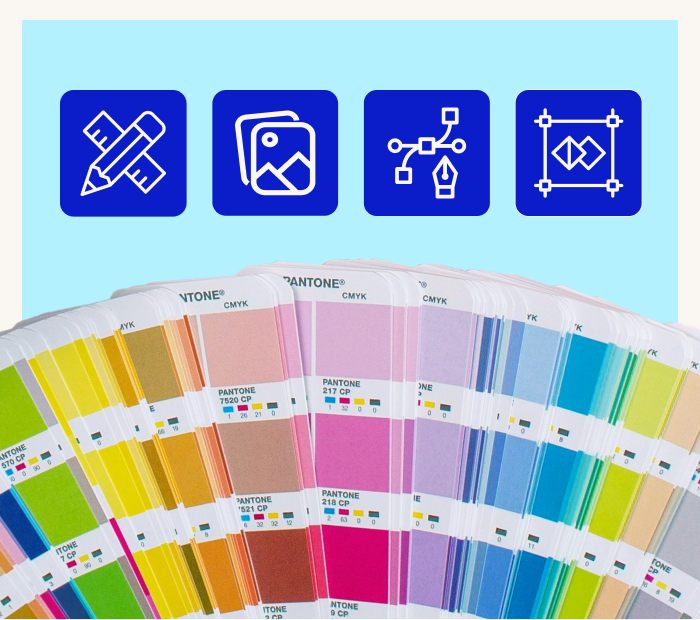
Importance of UX/UI in Web Design
User experience (UX) and user interface (UI) are crucial aspects of website design. UX focuses on establishing a pleasant user experience by understanding user needs and behaviour, whereas UI is concerned with a website’s visual and interactive parts. Both are crucial to obtain a competitive edge and improve user satisfaction, usability, conversion rates, brand perception, and mobile responsiveness. An effective UX/UI enhances user satisfaction, directs users to desired activities, establishes brand trust, supports various devices and distinguishes websites from competitors.
Understanding UX Design
What is UI Design?
UI or user interface design refers to the process of creating visual and design elements that allow human interaction with digital products and services. This includes everything from buttons, menus, and icons to overall layout and information architecture.
The goal of UI design is to create intuitive and easy-to-use interfaces, allowing users to accomplish their goals quickly and efficiently. Good UI design can also enhance brand perception and improve user satisfaction and engagement.
Key Elements of UX Design
There are several key elements of UX (User Experience) design that contribute to creating a positive and effective user experience. These elements include:
- Usability testing: Evaluating usability and gathering user feedback.
- User research: Understanding user needs, behaviour, and preferences.
- Interaction design: Designing intuitive and user-friendly interfaces.
- Accessibility: Ensuring inclusive access for users with disabilities.
- Information architecture: Organising and structuring content and functionality.
- Visual design: Creating visually pleasing aesthetics and brand-aligned elements.
- Consistency: Creating a predictable and familiar experience for users.
UX Design Process
There are several key elements of UX (User Experience) design that contribute to creating a positive and effective user experience. These elements include:
- Usability testing: Evaluating usability and gathering user feedback.
- User research: Understanding user needs, behaviour, and preferences.
- Interaction design: Designing intuitive and user-friendly interfaces.
- Accessibility: Ensuring inclusive access for users with disabilities.
- Information architecture: Organising and structuring content and functionality.
- Visual design: Creating visually pleasing aesthetics and brand-aligned elements.
- Consistency: Creating a predictable and familiar experience for users.
Exploring UI Design
What is UI Design?
UI or user interface design refers to the process of creating visual and design elements that allow human interaction with digital products and services. This includes everything from buttons, menus, and icons to overall layout and information architecture.
The goal of UI design is to create intuitive and easy-to-use interfaces, allowing users to accomplish their goals quickly and efficiently. Good UI design can also enhance brand perception and improve user satisfaction and engagement.
UI Design Process
The UI design process includes multiple stages to create user-friendly interfaces. It starts with analysing user needs and preferences, followed by wireframing and drawing to establish layout and structure. The visual design produces an attractive aesthetic; prototyping tests and refines its functionality. User testing evaluates usability, and collaboration with developers is needed for implementation. Ongoing maintenance and iteration, based on user feedback, ensure continuous improvement.
Key Elements of UI Design
A well-designed user interface can improve user experience and increase engagement. Here are some key elements of UI design you should keep in mind while building a digital product.
- Visual Hierarchy: Visual hierarchy refers to prioritising information based on its importance and significance. Arrange and present the information in a logical and easily accessible manner.
- Consistency: Consistency should be maintained throughout the user interface, including typography, icons, button displays, and other visual elements. This creates a familiar environment for the users, making it easier for them to understand the product.
- Simplicity: Simplicity is key to achieving high usability in UI design. A simple user interface is easy to understand and navigate and allows for easy scanning of relevant information.
- User Flow: User flow is the path an actual user takes when navigating a product. A well-designed user flow ensures that users can easily find and achieve their ultimate goal.
- Accessibility: Accessibility is an essential element of UI design, ensuring that digital products are usable by as many people as possible, including those with disabilities.
Synergy of UX/UI in Web Design
Relationship Between UX and UI
It’s important to note that UI design is different from UX or user experience design. While UI design focuses on digital products’ visual and interactive aspects, UX design is concerned with the overall user experience, including information architecture, user research, and usability testing.
However, both UI and UX design are essential components of creating effective digital products, and they often work hand in hand to achieve the best possible user experience.
How UX/UI Enhance User Experience
UX/UI design plays an important role in delivering a performance experience that meets the user’s needs and expectations. By focusing on the user’s goals and preferences, designers can create a seamless and enjoyable interface that improves engagement and leads to better business outcomes. By following best practices and testing the design with real users, designers can ensure that the UX/UI delivers the best possible performance experience
Collaborative Approaches to UX and UI Design
By adopting collaborative approaches, UX and UI designers can harness the collective knowledge and creativity of the design team, resulting in more user-centred and impactful design solutions. Collaboration enhances communication, generates diverse perspectives, and fosters innovation throughout the design process.

Empowering Websites with Butterfly's User-Centric Design
Discover the power of user-centric design and unlock your website’s true potential with Butterfly, the leading website development agency in Melbourne. We specialise in empowering sites with a design approach that prioritises the needs and experiences of your users. Our expert team at Butterfly combines the art of UX and UI to create engaging and intuitive digital experiences that captivate your audience and drive business success. Contact us today, and let’s take your website to a new level.




